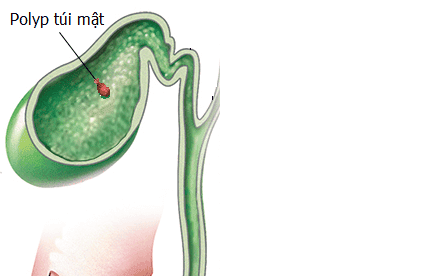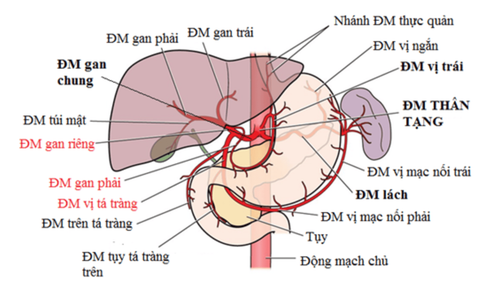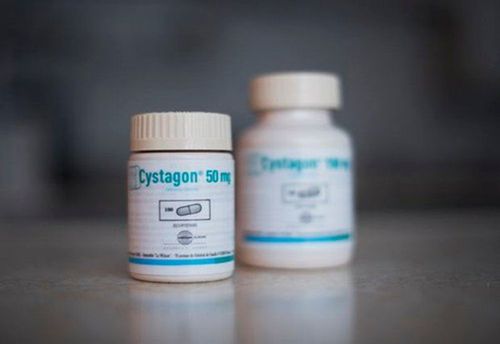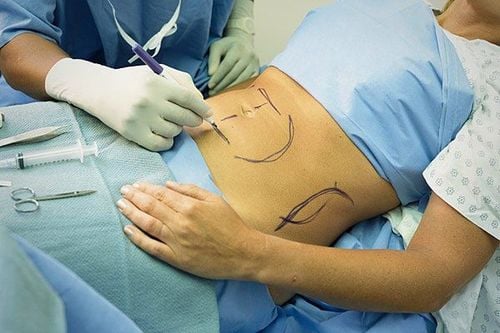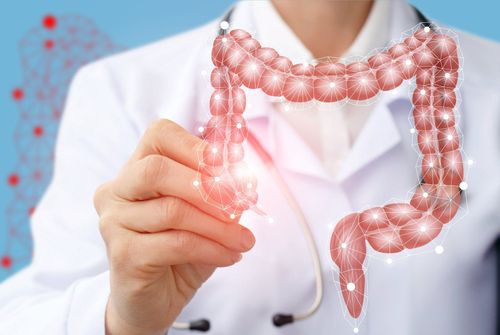This is an automatically translated article.
Laparoscopic renal tumor removal is indicated for kidney tumor patients with many outstanding advantages compared to previous methods. The patient does not have to have an open incision up to 12cm long as before, and at the same time shortens the hospital stay and reduces postoperative pain. Currently, with modern laparoscopic surgery techniques, laparoscopic nephrectomy is applied to larger and more invasive kidney tumors.
Laparoscopic renal tumor removal surgery is indicated for patients with benign or malignant kidney tumors with tumor size smaller than 4cm, located in the periphery and protruding out. Laparoscopic surgery against kidney tumor is contraindicated like most other laparoscopic surgeries such as: patients who cannot adapt to general anesthesia, patients with severe cardiovascular disease who cannot operate, have coagulopathy. uncontrolled bleeding and hypovolemic shock.
1. Preparation before laparoscopic kidney tumor removal surgery
The patient is marked with the surgical area and performed the necessary diagnostic tests before performing laparoscopic kidney tumor removal surgery. Specifically:
Perform routine tests before surgery, computed tomography of the abdomen and pelvis with contrast. The patient must fast for bowel preparation, fast since the previous evening and receive intravenous broad-spectrum antibiotics before entering the operating room.
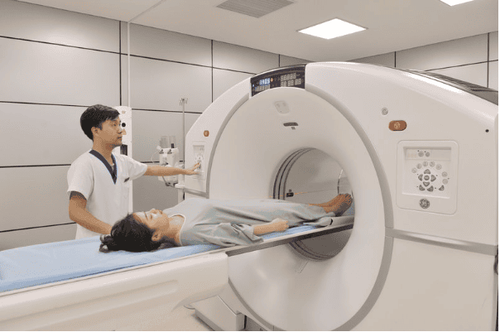
Trước khi phẫu thuật nội soi cắt u thận, người bệnh cần chụp cắt lớp vi tính bụng chậu cản quang
2. Carrying out laparoscopic surgery to remove kidney tumors
The specific laparoscopic kidney tumor removal techniques are:
Peritoneal approach The patient is in a supine position or 35-40 degrees after placing the urethral catheter and nasogastric tube. The load-bearing points on the patient's body must be shielded so as not to injure the neuromuscular system.
Trocar position: 1 trocar 12mm in the umbilicus, 1 trocar 12mm across the umbilicus outside the rectus muscle, and 1 trocar 5mm between the sternal tip and the navel.
Open the Toldt fascia to move the colon to the middle; Perform a Kocher maneuver to expose the duodenum and inferior vena cava (right nephrectomy). Renal peduncle dissection to find renal vein, renal artery.
Renal tumor removal: using Bulldog or Satansky endoscopic clamping of the renal artery, removing the whole kidney tumor with surgical margin of 5mm. Then, suture the renal section by inserting the Surgicell coil between the section and suture the section.
It should be noted that warm ischemia time < 30 minutes. Specimens are taken as the tumor is placed in a bag and removed through a small incision in the midline below the umbilicus or the Pfannenstiel line.
Retroperitoneal approach The patient lies on a 90-degree side, folding the operating table to widen the hip area between the lower costal margin and the iliac crest like in an open nephrectomy; The bearing points on the patient's body must be covered.
Trocar position: 1 trocar 12mm at the tip of 12th rib for bronchoscope placement, 2 trocars with 10mm operation at the anterior axillary line 2cm above the iliac crest and 1 5mm trocar at the dorsal rib angle or in the posterior axillary line above the iliac crest.
Location of trocar for laparoscopic retroperitoneal nephrectomy:
Creating the retroperitoneal space: using a Nelaton 14F catheter and a gloved finger to create a retroperitoneal space. Through the small incision at the tip of the 12th rib, inflate the balloon about 700ml. Place 3 trocars, 2 12mm trocars and 1 5mm trocar into the retroperitoneal space. Open the Gerota fascia, dissect the renal peduncle to find the renal artery and vein.
Renal tumor resection by using Bulldog or Satansky endoscopic renal artery clamp, resection of renal tumor with surgical margin of 5mm. Suture the renal section by inserting the Surgicell coil in the middle of the section and then suturing the section; It should be noted that warm ischemia time < 30 minutes. Specimens are taken into a bag and removed through a 12mm trocar wide incision.
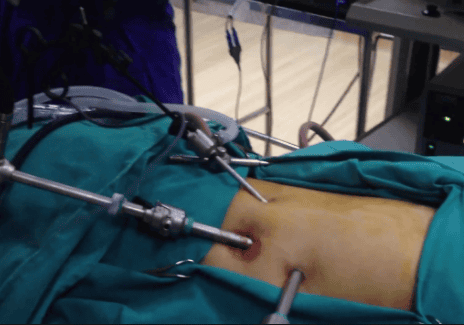
Hình ảnh quy trình phẫu thuật nội soi cắt u thận
3. Follow-up after laparoscopic nephrectomy
After the end of surgery, the nasogastric tube is withdrawn, the urethral catheter, the retroperitoneal drainage tube is removed for 24 hours. Oral antibiotics are given intravenously and maintained for several days after surgery. Pain medication is given to the patient either orally or intramuscularly. The patient may have abdominal pain outside the incision area, suggesting intra-abdominal organ damage during surgery.
4. Handling complications of laparoscopic kidney tumor removal surgery
Patients undergoing laparoscopic surgery to remove kidney tumors may face complications such as:
Intraoperative bleeding at the cut area can be controlled by hemostasis stitches, sectional compression with surgicell coils inserted in the middle of the cut area. . Late bleeding after surgery is often caused by pseudoaneurysm or renal arteriovenous fistula, embolism gives good results in most cases Postoperative urine leak shows a large amount of fluid draining, post-operative fluid collection, for know the damage of the renal pelvis, need to drain and put upstream DJ catheter Other complications such as trocar hole infection, retroperitoneal hematoma, persistent incisional pain... will be handled by the doctor depending on the situation. .
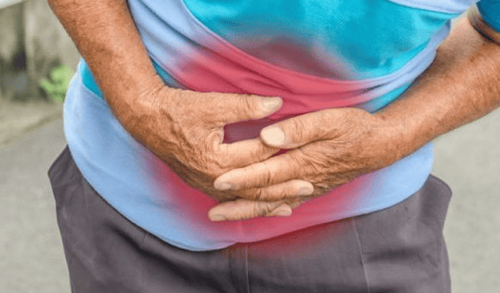
Bệnh nhân phẫu thuật nội soi cắt u thận có thể bị đau vết mổ dai dẳng
Laparoscopic surgery to remove kidney tumors is a difficult technique that requires a team of highly experienced doctors. Laparoscopic renal tumor removal surgery at Vinmec International General Hospital is performed by highly qualified doctors. These are all leading specialists in urology. The Department of Urology at Vinmec has successfully performed many laparoscopic and open surgeries to treat emergency diseases of gastrointestinal - hepatobiliary; orthopedic; Urology surgery.... The hospital is equipped with a system of modern and advanced machines such as: Gastrointestinal endoscopic surgery machine, C-ARM, arthroscopic surgery machine to help support doctors in the field of urology. surgical process.
To register for examination and treatment at Vinmec International General Hospital, please book an appointment on the website for service.
Please dial HOTLINE for more information or register for an appointment HERE. Download MyVinmec app to make appointments faster and to manage your bookings easily.




